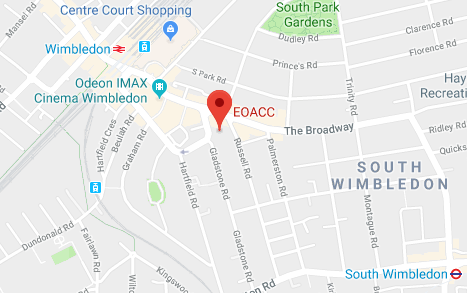Director’s Loan
A director’s loan is when you take money from your company that isn’t a salary, dividend or expense repayment and you’ve taken more than you’ve put in. You and your company may have to pay tax on the loan.
You must keep a record of any money you borrow from or pay into the company – this record is usually known as a ‘director’s loan account’.
There are two things to keep in mind when you owe your company money:
- Interest payable to your company
- Repayment of the loan
INTEREST ON DIRECTOR’S LOAN:
Interest needs to be calculated at the HMRC official rate if the balance due to the company exceeds £10,000. The interest is debited to your director’s loan account, and the interest income is taxed in the company. The after-tax interest goes to retained earnings, which you can then draw again as dividends.
REPAYMENT OF DIRECTOR’S LOAN:
The balance due to the company as at the company’s year-end has to be repaid to the company within 9 months. Any balance not repaid within this period is subject to a temporary tax charge (s455 tax) at the higher dividend tax rate (currently 33.75%). S455 tax can be reclaimed from HMRC, 9 months after the financial period in which the taxed loan was permanently repaid.
The two most common ways a director’s loan can be repaid are (1) by declaring dividends from retained profits, or (2) by making permanent cash repayments to the company. (other ways include a capital distribution, which can only be done when the company is closing; or salaries/bonusses, which are not tax efficient for a director/shareholder)
Dividends are the preferred option, since cash repayments are subject to the following restrictions:
- The 30-day rule: If the total loan repayments within a 30-day period exceed £5,000 and new loans exceeding £5,000 have been made either side of a 30-day period of such loan repayments, then the loan repayments are matched to the new loans, and can therefore not be used as repayments of the ‘old’ loan balance.
- The intentions and arrangements rule: If the loan balance before repayments exceeds £15,000 and arrangements had been made (or it was the intention) to take new loans in excess of £5,000 from the company after making loan repayments, then the repayments are matched to the new loans, and can therefore not be used as repayments of the ‘old’ loan balance. An example of an arrangement would be if a bank loan was taken to repay the director’s loan, and afterwards a director’s loan is taken to repay the bank loan; or, you borrowed money from a friend with the intention to repay it soon after with new loans taken from the company.

